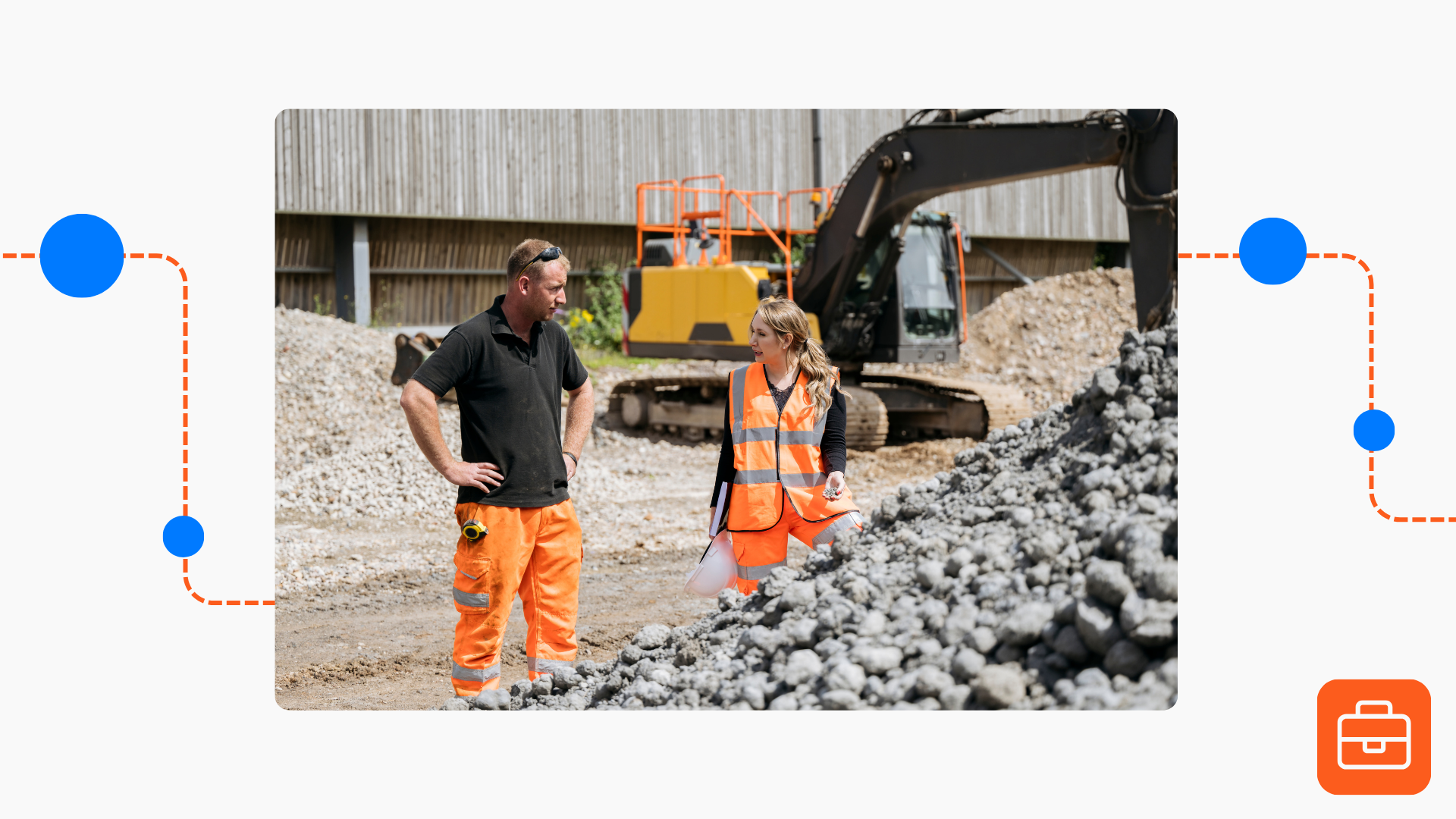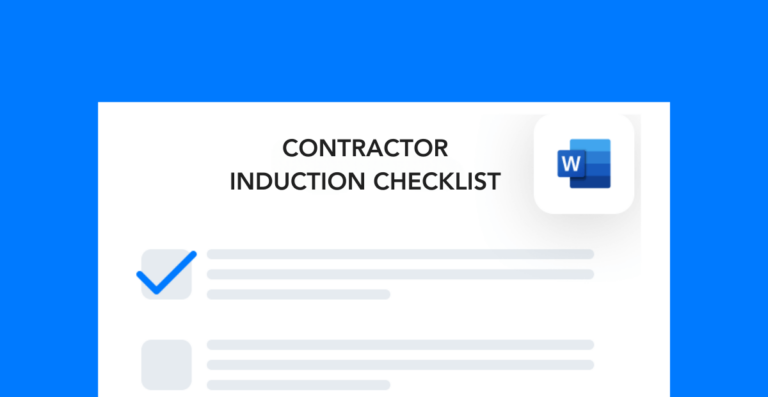Anyone who’s ever worked with contractors understands that managing them can be a big undertaking. But using an onsite contractor can be a great way to reduce costs and increase efficiency.
In my experience, onsite contractor management is easier when you standardize your process. Getting a solid process in place isn’t too difficult if you take it step by step. Here are the top considerations you must make once contractors show up to your worksite.
Contractor training and onboarding
In a perfect world, contractors finish their training requirements before they come onsite. But that’s not always the case.
And even if your workers complete general training (through a safety council, for example), there are still other onboarding tasks to complete. Here are some examples:
- Administering site-specific or process-specific safety training
- Giving contractors equipment like respirators, computers, etc.
- Completing drug screens and other prequalification checks
- Briefing contractors on emergency procedures and other site protocols
- Providing contractors with access to the site (sign in badges, ID numbers, etc.)
These are only a few examples—the actual list of tasks will vary depending on your industry and facility/site type.
Build positive relationships with onsite contractors
The biggest mistake I see companies make when it comes to onsite contractor management is not investing in relationships with those employees. Every single person at your worksite needs to buy into your EHS program for it to be successful.
Building relationships is beneficial because it:
- Encourages contractors to get involved in the site’s safety initiatives
- Makes contractors feel part of a team and therefore more invested in the goal
- Opens the possibility of hiring some contractors as full-time employees
- Improves the overall experience for both parties and decreases stress
- Allows contractors to openly express their concerns about safety, deliverables, etc.
I’ve never come across any downsides to building relationships with contractors. And I know that this may feel like extra work. But if you view your contractors as “other” employees and not integral to your site’s performance, you’re already losing. Including these workers in not only the work but the team building and culture of the site has a major impact on morale and overall success.
Perform regular check-ins
In most cases, contractors are onsite to complete a project within a certain timeline. Nothing kills that timeline faster than dropping out of communication. In fact, I’d say good communication is the number one factor that influences contract completion.
My best advice is to establish a regular meeting cadence of at least once per week (if not more) depending on the type of work. As the hiring company, it’s on you to make sure these meetings take place. That’s why it’s important to set up a routine straight away.
Here are the topics you should cover at each check-in with an onsite contractor:
- What is the status of the work?
- What is the current expected completion date?
- Are there any safety issues we need to address?
- Are there any materials we need to procure in order to move forward?
- Are there any changes we need to make to the budget?
- Do we need to update any of the project control documents?
- What is the status of all the KPI’s we’re tracking for this project?
One of the best benefits of these check-ins is that it levels expectations on both sides. With regular communication, you can better understand how to improve conditions for your contractors while also establishing your expectations of their work.
Taking the time to properly onboard, fully engage, and regularly communicate with an onsite contractor is a simple recipe for success. And if you apply these same techniques to your full-time staff as well, you’ll be on your way to a more efficient and engaged workforce all around.
Other posts you might like…
No posts

